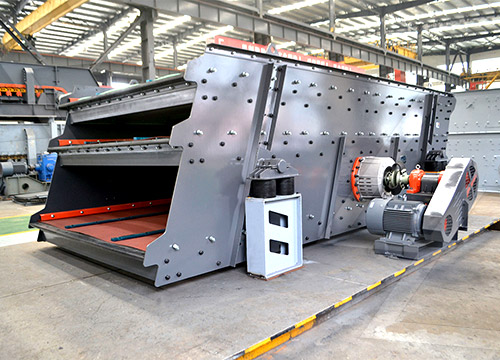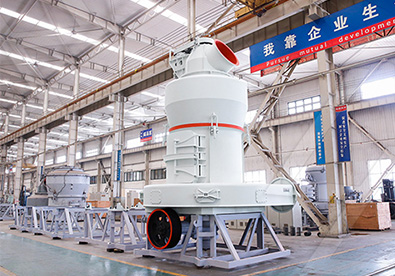Grinding mills are widely used in industries like mining, construction, and manufacturing, but they pose significant safety risks if not operated properly. Below is a summary of key safety data for grinding mills, including hazards, protective measures, and regulatory guidelines.
—
1. Common Hazards
– Mechanical Hazards:
– Entanglement in rotating parts (e.g., belts, gears).
– Ejection of broken mill components or grinding media (e.g., balls, rods).
– Dust Explosions: Combustible dust (e.g., coal, flour, metal powders) can ignite under certain conditions.
– Noise Exposure: Prolonged exposure to high noise levels (>85 dB) can cause hearing loss.
– Vibration Risks: Hand-arm vibration from manual operations.
– Chemical Exposure: Hazardous substances in processed materials (e.g., silica dust causing silicosis).
– Electrical Hazards: Faulty wiring or improper grounding near wet environments.
—
 2. Safety Measures
2. Safety Measures
# Engineering Controls
– Guarding: Install fixed guards on rotating/moving parts (per OSHA/ISO standards).
– Dust Control: Use local exhaust ventilation (LEV) or wet suppression systems.
– Explosion Protection: Spark detection, suppression systems, or explosion vents (NFPA 68/69 compliance).
– Noise Reduction: Enclose mills or use sound-dampening materials.
 # Administrative Controls
# Administrative Controls
– Lockout/Tagout (LOTO): Follow OSHA 1910.147 during maintenance.
– Training: Operators must be trained on hazards, emergency procedures, and PPE use.
– Regular Inspections: Check for wear/damage to liners, bolts, and grinding media.
# Personal Protective Equipment (PPE)
– Hearing protection (earplugs/muffs).
– Respirators for dust-prone environments (NIOSH-approved).
– Safety goggles/face shields and gloves.
—
3. Regulatory Standards
– OSHA (U.S.): General Duty Clause (§5(a)(1)) and specific standards for machinery guarding (§1910.212), noise (§1910.95), and dust (§1910.1000).
– NFPA: Standards for combustible dust (NFPA 652) and explosion prevention.
– EU Directives: Machinery Directive (2006/42





Leave a Reply